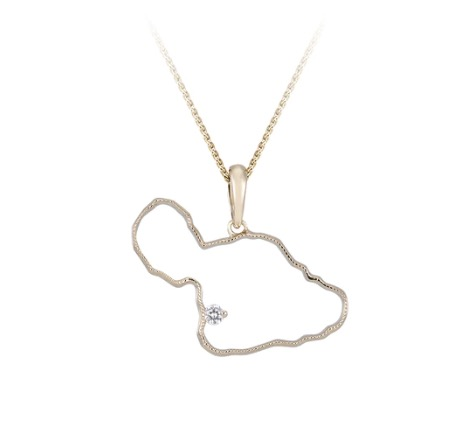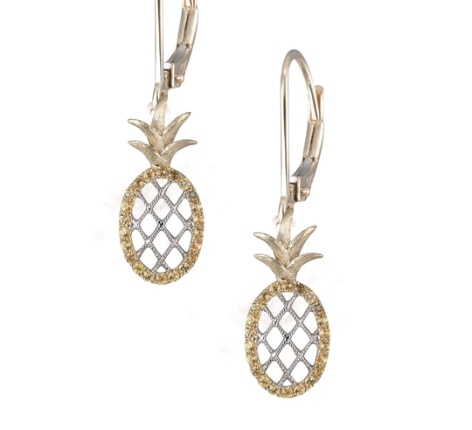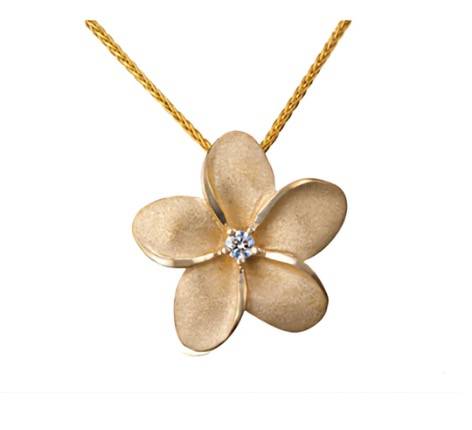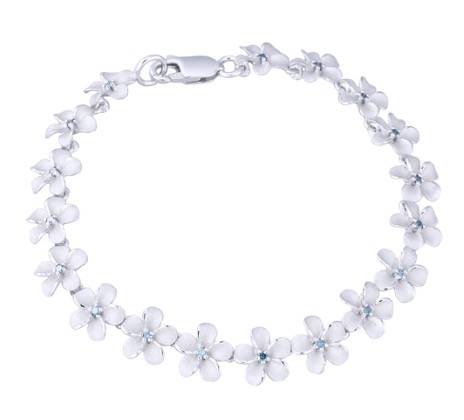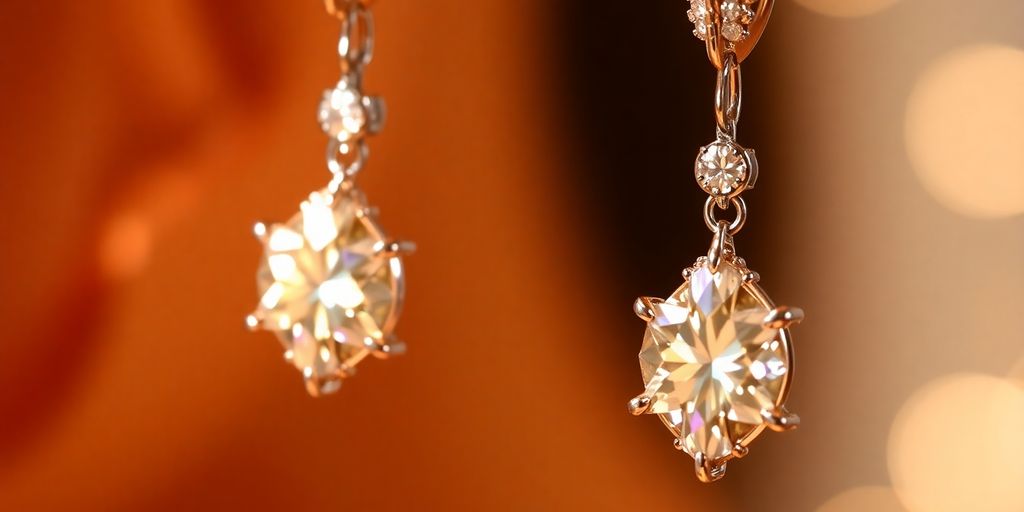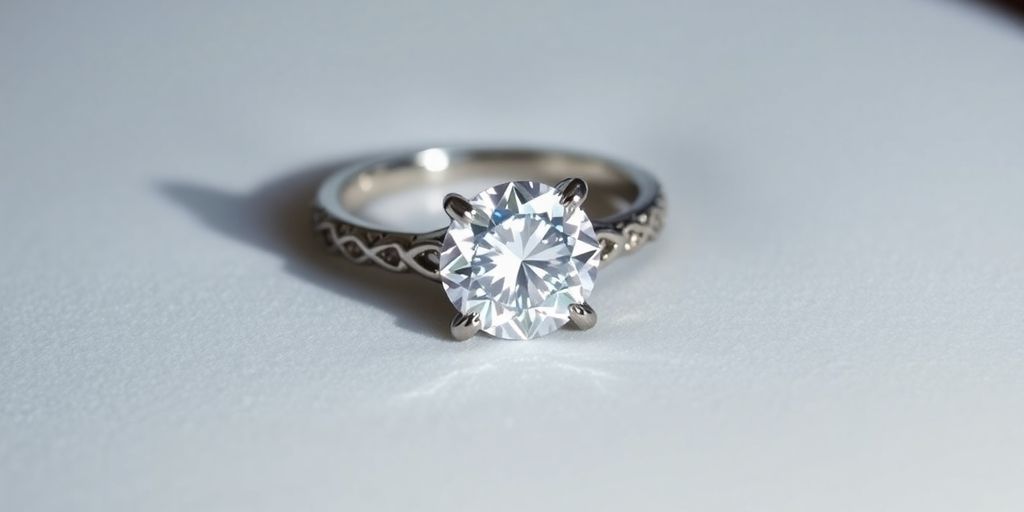Shop in these collections
Origins of Ming Jewelry in Ancient China
Ming jewelry is a type of Chinese jewelry that originated during the Ming Dynasty (1368-1644). During this era, jewelry was more than just an accessory; it was a symbol of social status and wealth. Ming jewelry was crafted using a variety of precious materials, including gold, silver, jade, and pearls.
The Ming Dynasty was known for its artistic and cultural achievements, and this is reflected in the intricate designs of Ming jewelry. These pieces often featured motifs from nature, such as flowers, birds, and animals, and were crafted using traditional Chinese techniques.
Cultural Significance of Ming Jewelry
Ming jewelry has a rich cultural significance in Chinese history. It was worn by emperors, officials, and members of the royal court as a symbol of their social status. Ming jewelry was also given as gifts to foreign dignitaries, as a way of showcasing the artistic and cultural achievements of the Ming Dynasty.
Today, Ming jewelry is still highly valued for its historical and cultural significance. Many collectors and enthusiasts seek out these pieces as a way of connecting with China's rich cultural heritage.
Traditional Materials Used in Ming Jewelry
Ming jewelry was crafted using a variety of traditional materials, including gold, silver, jade, and pearls. These materials were chosen for their beauty and durability, as well as their cultural significance.
Gold was particularly prized for its rarity and luster, and was often used to create intricate filigree designs. Jade, on the other hand, was valued for its symbolic meaning, as it was believed to represent purity and perfection. Pearls were also highly prized for their beauty and rarity, and were often used to create delicate necklaces and earrings.
Artistic Styles and Motifs in Ming Jewelry
Ming jewelry is known for its intricate designs and motifs, which often reflect the natural world. Flowers, birds, and animals were common themes in Ming jewelry, and were often rendered in a highly stylized manner.
Other popular motifs included dragons, phoenixes, and mythical creatures. These designs were often created using traditional Chinese techniques, such as filigree work, cloisonné enameling, and carved jade.
Types of Ming Jewellery
Necklaces and Pendants
Necklaces and pendants were popular forms of Ming jewelry, particularly among women. These pieces were often crafted using delicate chains or cords, and were adorned with precious materials such as jade, pearls, and gold.
Ming necklaces often featured intricate designs, such as floral motifs or auspicious symbols. Pendants were often carved from jade or other precious materials, and were highly prized for their beauty and craftsmanship.
Bracelets and Bangles
Bracelets and bangles were also popular forms of Ming jewelry. These pieces were often crafted from gold or silver, and were adorned with precious stones or intricate designs.
Ming bracelets and bangles were often worn in sets, and were highly valued for their symbolic meaning. They were believed to bring good luck and prosperity to the wearer, and were often given as gifts to mark special occasions.
Earrings and Hairpins
Earrings and hairpins were popular forms of Ming jewelry among women. These pieces were often crafted from gold or silver, and were adorned with precious stones or intricate designs.
Ming earrings were often long and dangling, and were designed to showcase the beauty of the wearer's neck and shoulders. Hairpins, on the other hand, were often adorned with intricate designs or precious stones, and were highly prized for their beauty and craftsmanship.
Rings and Brooches
Rings and brooches were also popular forms of Ming jewelry. These pieces were often crafted from gold or silver, and were adorned with precious stones or intricate designs.
Ming rings were often highly symbolic, and were believed to bring good luck and fortune to the wearer. Brooches, on the other hand, were often highly ornate, and were designed to showcase the beauty of the wearer's clothing.
How to Identify Authentic Ming Jewelry
Examining the Craftsmanship and Quality
One of the key ways to identify authentic Ming jewelry is to examine the craftsmanship and quality of the piece. Ming jewelry was crafted using traditional Chinese techniques, such as filigree work, cloisonné enameling, and carved jade.
Authentic Ming jewelry should be well-crafted, with no visible signs of damage or wear. The materials used should be of high quality, and the piece should feel weighty and substantial in your hand.
Recognizing the Unique Artistic Styles
Ming jewelry is known for its unique artistic styles and motifs. Familiarizing yourself with these styles can help you to identify authentic Ming jewelry.
Look for intricate filigree work, delicate enamel designs, and carved jade. Pay attention to the motifs used in the piece, such as flowers, animals, and mythical creatures.
Understanding the Historical Context
Finally, understanding the historical context of Ming jewelry can help you to identify authentic pieces. Ming jewelry was crafted during a specific era in Chinese history, and reflects the artistic and cultural achievements of the time.
Researching the history of Ming jewelry, and the techniques and materials used during this era, can help you to identify authentic pieces and distinguish them from modern reproductions or fakes.


